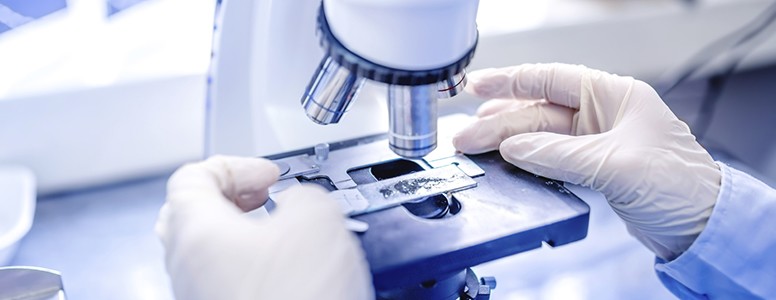A pill which contains a tiny microneedle has been developed that could one day be used as an alternative to insulin injections.
The pill is known as SOMA, which stands for self-orienting millimeter-scale applicator. It is the shape of a capsule which contains a tiny needle device and has demonstrated success in animal studies.
The innovative pill has been developed by the Massachusetts Institute of Technology (MIT) in the US. The shape of the capsule was inspired by a specific tortoise, commonly found in Africa. The Leopard tortoise has a steep, domed shell that allows it to right itself if it rolls onto its back. The capsule works in a similar way as the domed shape ensures the needle is turned towards the stomach wall.
SOMA is based around a compressed spring that holds the insulin-loaded needle in place. A sugar disc prevents release of the needle until the capsule has reached the stomach. When the sugar has dissolved, it releases the spring and the insulin is injected into the wall of the stomach. It takes about an hour for the insulin to reach the bloodstream.
When tested in pigs, SOMA consistently worked and delivered equivalent doses of insulin to those required by someone with insulin-dependent diabetes. Moreover, there were no signs of tissue damage or change in stool patterns.
If the technique is eventually tested on humans and found to be effective it could one day alleviate daily insulin injections completely. However, the research team have cautioned that it could take up to a decade for it to become publicly available.
“Our motivation is to make it easier for patients to take medication, particularly medications that require an injection. The classic one is insulin, but there are many others,” said Giovanni Traverso, a gastroenterologist who worked on the project at the Brigham and Women’s Hospital in Boston.
“When a drug is injected into the stomach wall, that drug can become distributed through the body very quickly. The stomach is insensate to sharp pain and very tolerant of small, sharp objects.”
Another researcher involved in the project, Professor Robert Langer, from the Institute Professor from the Harvard-MIT Division of Health Sciences and Technology, said: “The scientific principles underlying the SOMA system and the system itself have the potential to enable oral delivery of large molecules such as peptides, proteins and nucleic acids.
“This discovery has the potential to transform not only drug delivery but drug discovery as well, since most current drug discovery efforts are aimed at creating small molecule drugs that patients can take orally.”
The findings have been published in the journal Science.
What's new on the forum? ⭐️
Get our free newsletters
Stay up to date with the latest news, research and breakthroughs.







